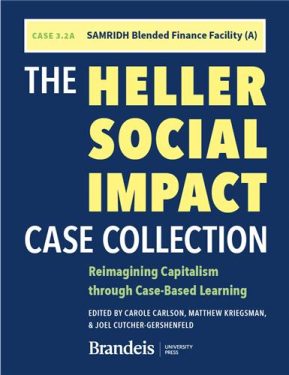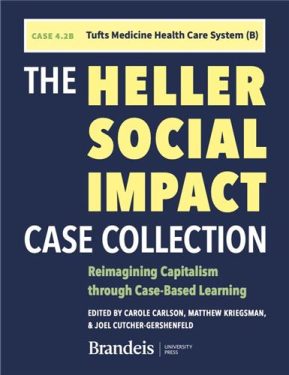Levin tells a remarkable story-all the more remarkable because of a paucity of sources . . . Levin has produced an exciting history of an important school, one that has much to say about the development of science in the United States and of women's changing roles in that practice.









